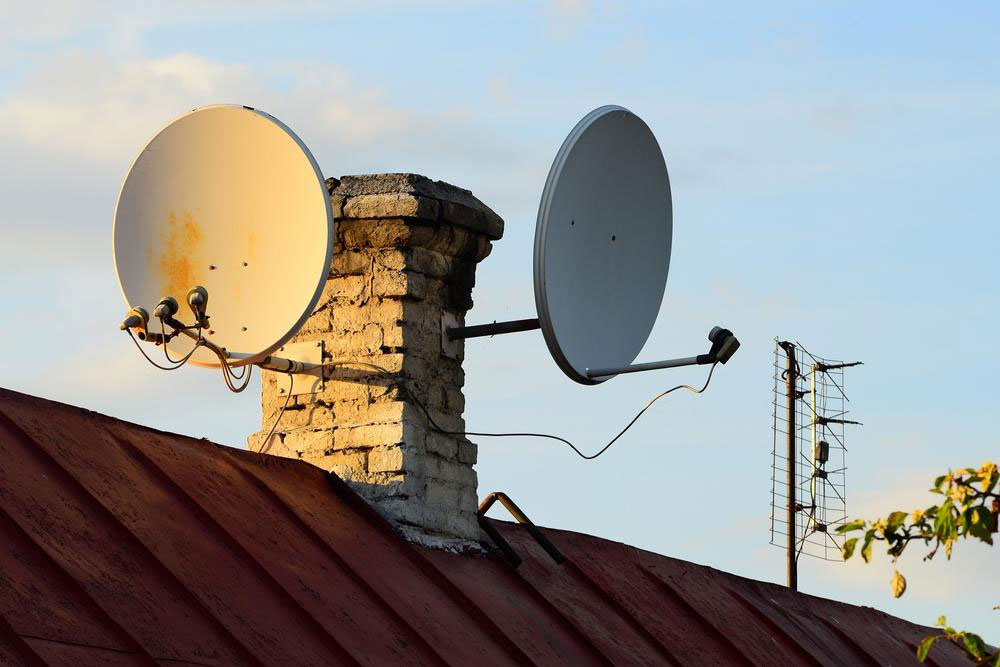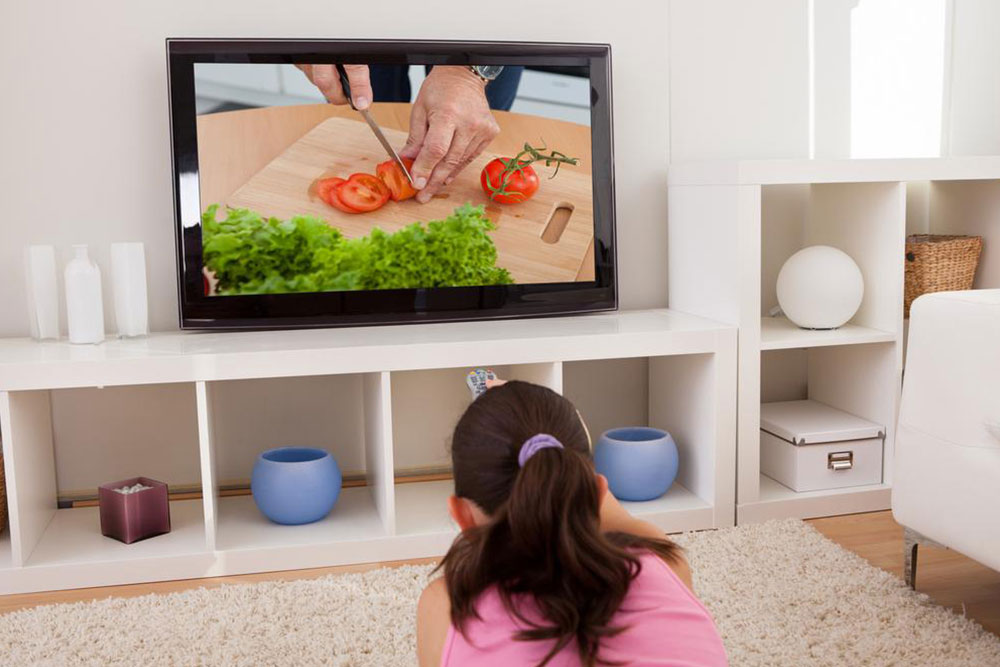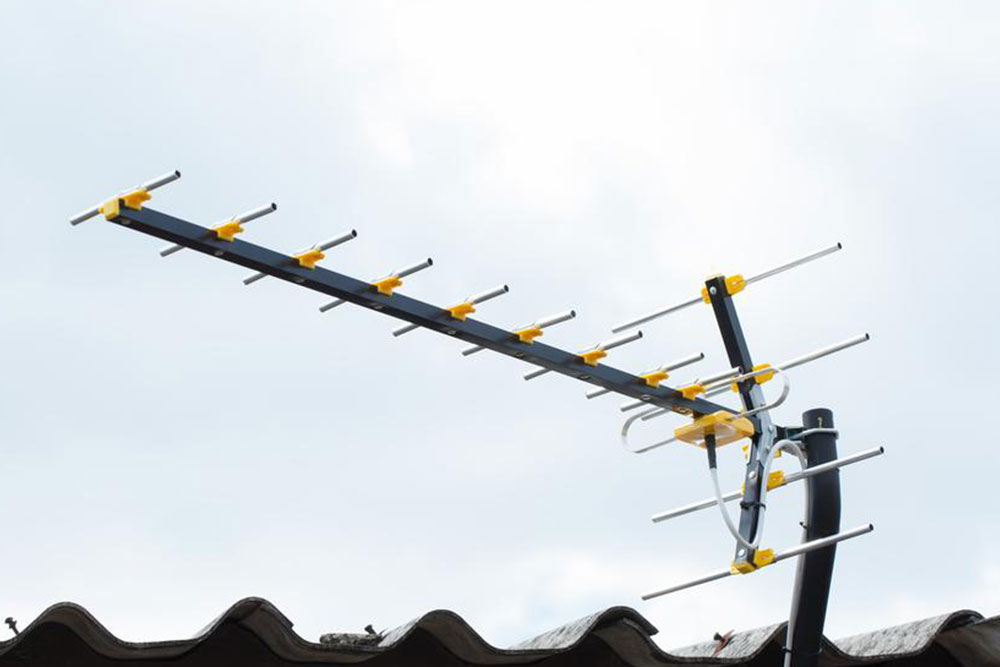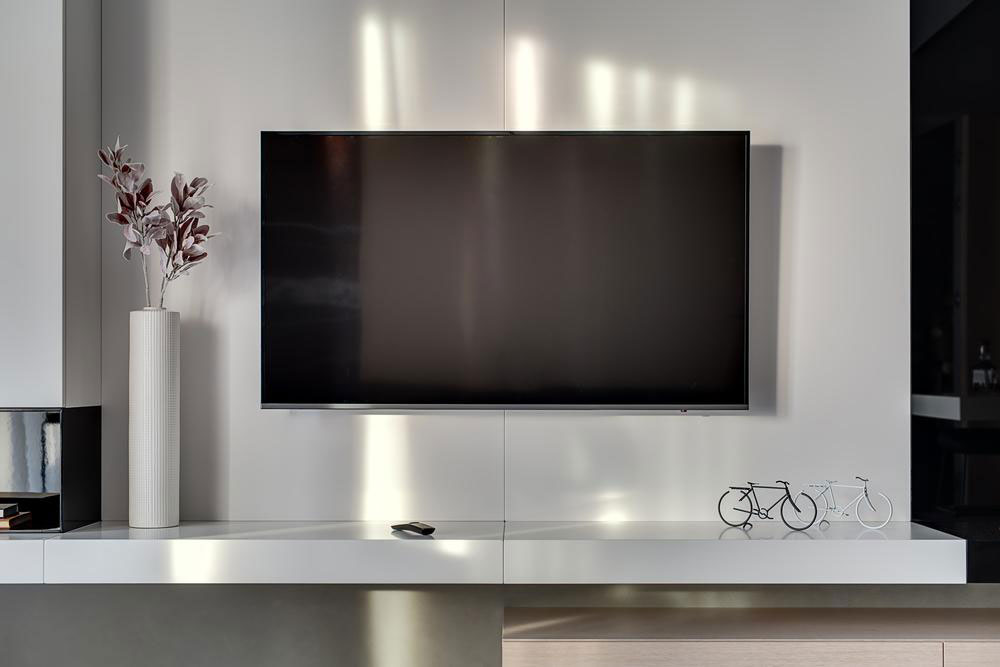Essential Insights into Digital Television Antennas
Learn essential tips about digital TV antennas, including types, installation, and regional considerations. Discover how to improve TV reception for free over-the-air broadcasts, understand antenna options, and optimize setup for better signal clarity. Perfect for viewers seeking an alternative to cable and satellite TV, this guide covers key factors to consider before purchasing and installing digital antennas, ensuring you access high-quality digital broadcasts effortlessly.
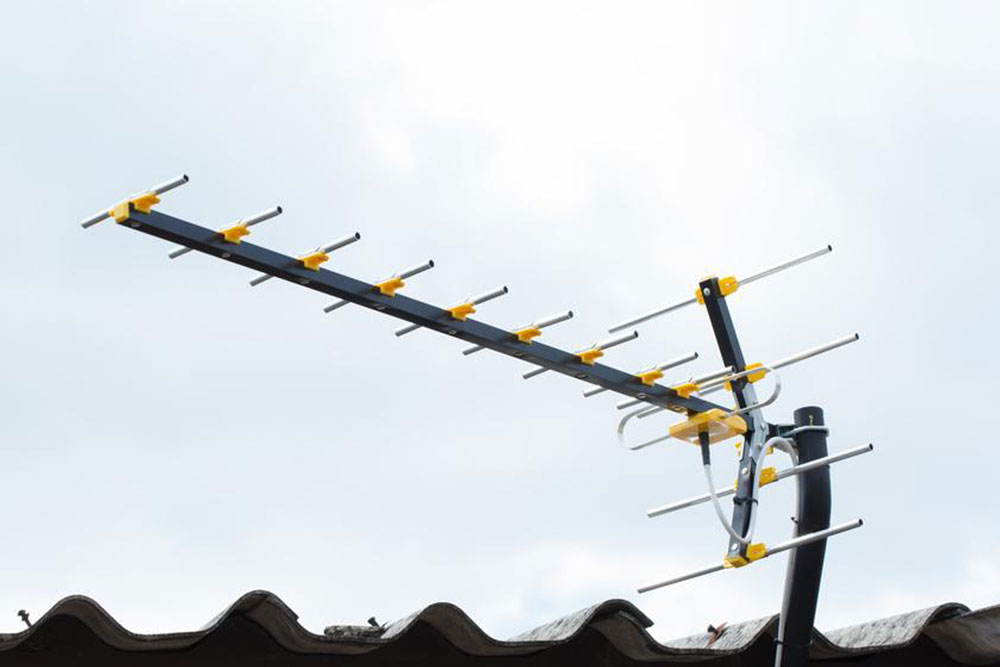
Essential Insights into Digital Television Antennas
Digital TV antennas are devices designed to capture over-the-air broadcast signals for free television viewing. They come in two main types: indoor and outdoor. Indoor antennas are placed near the TV, while outdoor antennas are installed outside on rooftops or windows. Popular indoor models include dipole, loop, whip, and flat antennas. Although cable TV is widely used, digital antennas are gaining popularity for free, high-quality signals. Here are key points to consider before purchasing a digital TV antenna.
Key facts about digital TV antennas:
Digital antennas deliver superior broadcast signals compared to cable and satellite.
They allow access to additional local channels not available through cable.
Major networks transmit free over-the-air digital signals.
Popular digital antennas include HD and HDTV models.
With these antennas, viewers can access both primary channels and subchannels.
If you have cable, an antenna offers an alternative free option; otherwise, it’s a standalone solution for free TV.
When choosing an antenna, understand how nearby broadcast towers operate, as setup varies regionally.
Obstacles like buildings, trees, and hills may weaken signal strength.
To receive clear digital broadcasts, ensure:
your TV has a digital tuner,
you select the appropriate antenna for your area,
and you are aware of local broadcast tower locations.
Digital antennas come in many sizes and styles, each suited to specific regions. Installing outdoor antennas is typically recommended for better reception, as indoor setups may reduce signal strength by up to 50%. To optimize performance, install antennas where signals are strong and consider using low noise amplifiers if needed. For purchasing accessories such as mounts, stands, or universal remotes, browse online e-commerce sites. Compare features, read reviews, and find deals suited to your needs.
Note:
Our blog offers practical information across various topics. While we strive to provide accurate and useful data, please consider the content as informational and not definitive. We are not responsible for discrepancies or outdated details found elsewhere. Availability of schemes and offers may vary, so explore options thoroughly.


